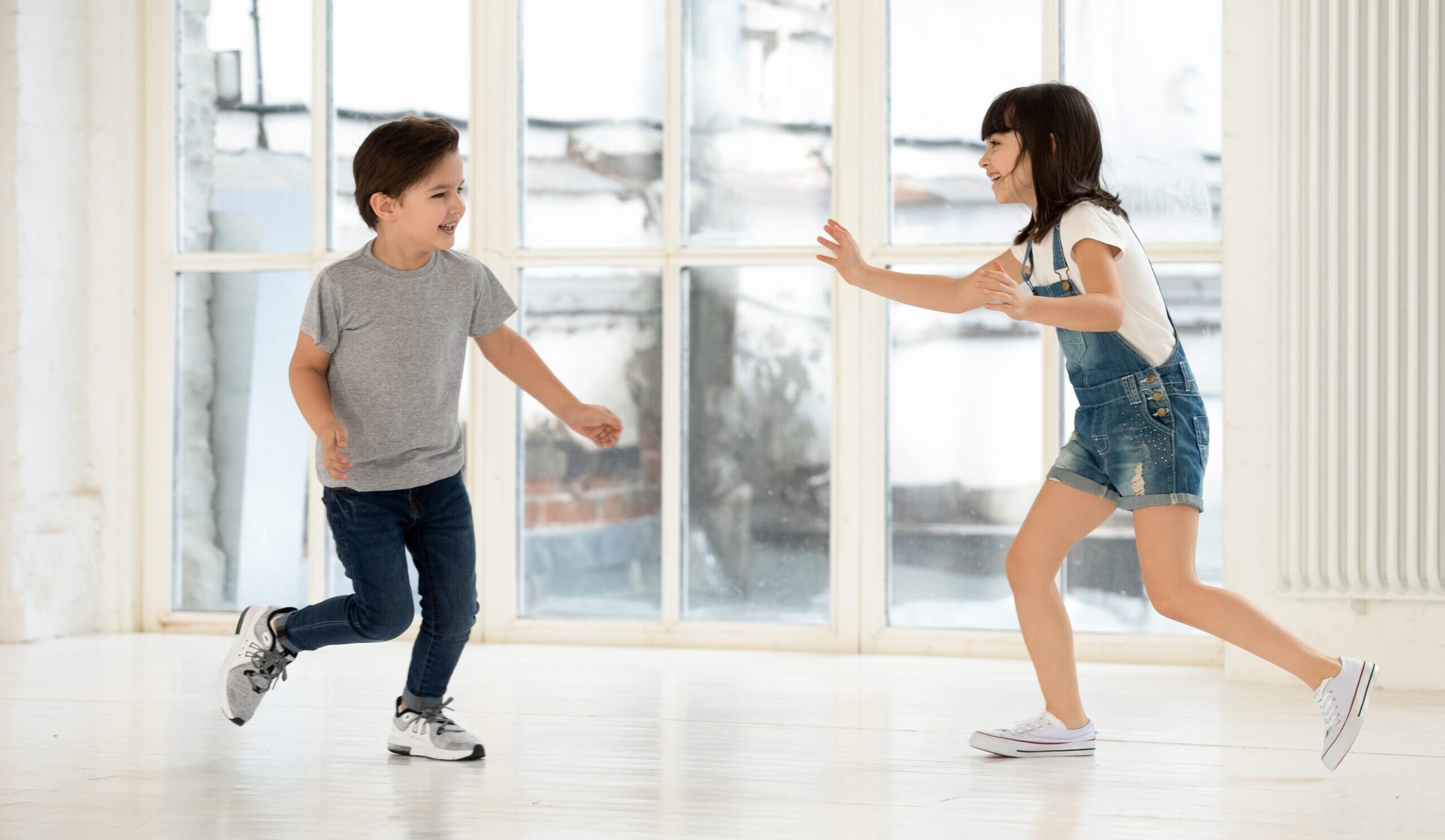Sound control was once considered an afterthought of construction. In most cases, being able to hear when upstairs occupant(s) were present was considered normal. Over time, noise from other occupants has become more of an annoyance and architects and contractors have been tasked to develop ways to help keep things quiet.
Additionally, with the national housing inventory at a deficit and given the cost challenges of transitioning into home ownership, the multifamily housing sector has become an option for many. Multifamily housing has seen many products and innovations emerge on the market to control contact noise, such as footsteps and children playing on the floor.
Sound language
We often hear acronyms when discussing sound control products. We’ve defined some terms that are helpful to understand:
Sound Transmission Class (STC) — A positive rating number that is used to measure the effectiveness of sound isolation of audible, air-borne sound.
Impact Insulation Class (IIC) — A positive rating number that is used to compare and evaluate the performance of floor and ceiling construction in isolating impact noise.
Delta IIC (ΔIIC) — The IIC Value added to the floor/ceiling assembly for a particular flooring assembly installed on top of the floor construction. This value shows how much better a flooring assembly will perform, in terms of IIC, when using a sound control underlayment. For example, if a 6” thick concrete floor carries an IIC rating of approximately 28, a tile installation system incorporating an isolation mat can add a ΔIIC of 16 so that the IIC rating for the floor will be a total of 44. (The higher the ICC rating, the greater the likelihood that people will not be bothered by noise. See the ICC rating examples below.)
Field IIC (FIIC) — A positive rating number that is used to evaluate the performance of a floor construction and the associated structure derived from field impact sound measurements.
Sound Off
Sound that travels through the air causes walls, floors, ceilings, windows, and everything in the room to vibrate. It is this vibration that we hear in adjoining rooms and spaces above and below the source of the sound. For optimal STC performance and a more quiet structure, the wall and floor constructions need to be completely isolated from each other with acoustical rated materials and sound absorbing material installed on or within the walls.
Sound control underlayments typically have marginal or no effect on STC. As stated in the Tile Council of North America (TCNA) Handbook for Ceramic, Glass, and Stone Tile Installation “STC values are in large part influenced by the solid mass of the structure but are also dependent on isolation and resilience within the structure.” In other words, the mass of a structure is the largest determining factor for sound control performance in the STC class. Floor finishes, including carpet, vinyl, wood, tile, stone, or other finish material, will provide no enhancement to STC performance. However, isolation materials (materials designed to provide a separation between the flooring elements) can improve sound control.
The use of installation materials and methods that are designed to minimize the transmission of impact sounds through the floor and ceiling to the unit below can improve the IIC class. These sound control materials can be sound deadening underlayments, specialty adhesives, or sealants that isolate the flooring from walls.
Good floor construction and installation may be able to achieve required sound control ratings, per required code, all by itself. A properly designed and specified ceiling assembly (e.g. drop ceiling with deep plenum) then can add more sound control properties to the installation. The need for specific sound control in a particular installation depends on many factors, including the building use and the intended occupants.
Testing 1, 2
According to International Product Assurance Laboratories, there are two testing paths that can measure the effectiveness of sound control:
- ASTM E90 “Standard Test Method for Laboratory Measurement of Airborne Sound Transmission Loss of Building Partitions and Elements”. This test measures air-borne sound (e.g. voices, TV, stereos, etc…)
- ASTM E2179 “Standard Test Method for Laboratory Measurement of the Effectiveness of Floor Coverings in Reducing Impact Sound Transmission Through Concrete Floors” or ASTM E492 “Standard Test Method of Laboratory Measurement of Impact Sound Transmission Through Floor-Ceiling Assemblies Using the Tapping Machine” These test methods measure impact sounds on a floor surface using sophisticated monitoring equipment.
Pro tip: Laboratory tests are a more accurate model for predicting performance in a variety of applications and construction types. Field tests are accurate only for the site where the tests are being performed.
The overall IIC will be affected by the construction of the floor (e.g. concrete thickness, concrete density, reinforcing steel, acoustical ceiling panels in the ceiling below, and more) and underlayment. This means that IIC laboratory tests should not be used as the final qualifying performance measure for the FIIC performance of any given floor. Testing should be conducted on site, by trained and licensed personnel, to determine the FIIC rating. The National Institute for Standards and Technology (NIST) provides a search tool for laboratories certified to perform this type of testing.
It is important to understand that the type and thickness of the tile or stone being installed may affect the ΔIIC number and the minimum value may change from project to project, based on building owner’s requirements or local building codes.
The following is subjective data (should not be used as a statement of actual conditions) and provides an idea as to how people may respond to impact noise:
IIC Rating Examples
IIC Response
50 80% of people will not be bothered (may hear nuisance noise)
55 90% of people will not be bothered (may hear nuisance noise)
60 100% of people will not be bothered (may hear nuisance noise)
65 100% of people should not be bothered (minimal nuisance noise)
70 100% of people should not be bothered (no nuisance noise)
Some interesting sound control facts:
1. The ΔIIC of a sound control product will not crossover to different flooring constructs. For example, an isolation mat that has a ΔIIC of 16 when installed over a 6” thick concrete floor will not have that same value when installed over a wood floor.
2. ΔIIC numbers are not cumulative when using multiple sound control products. In other words, simply adding the ΔIIC of two products will not achieve a rating of the sum of both products.
3. An IIC rating of 58 will generally eliminate “foot fall” noise (noise generated by walking)
4. An IIC rating of 70 generally means that nobody will be able to hear any impact noise.
5. Bare feet can transmit more impact sound than high heels, just at a different frequency.
Sounds like a winner!
We’ve learned that there are ways to address flooring sound control and that sound ratings can equal varying effectiveness in sound control. Architects and contractors have new products to specify, and testing is helping the entire flooring industry solve sound control needs. For more information on sound control membranes, visit the Methods and Materials Standards Association.




